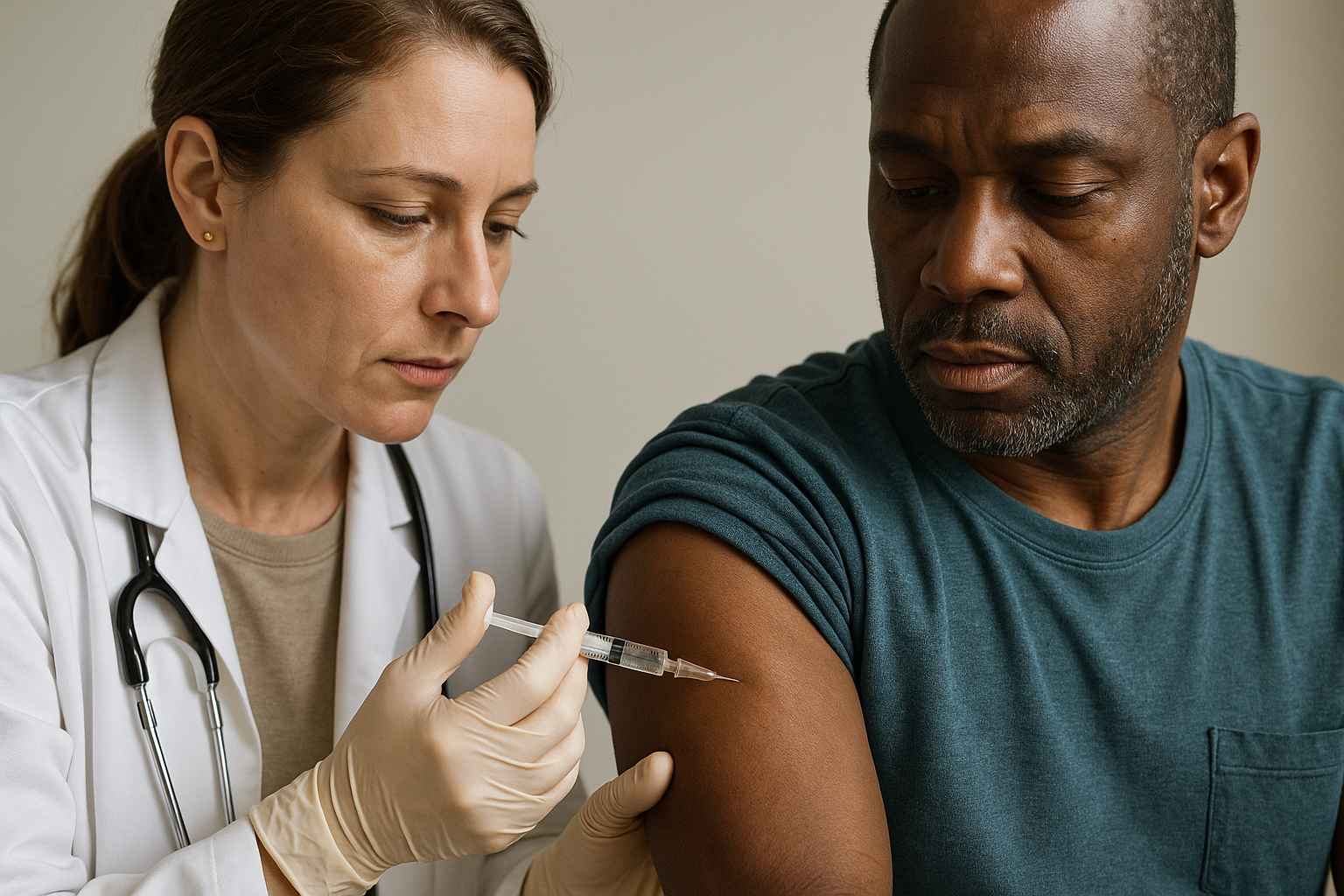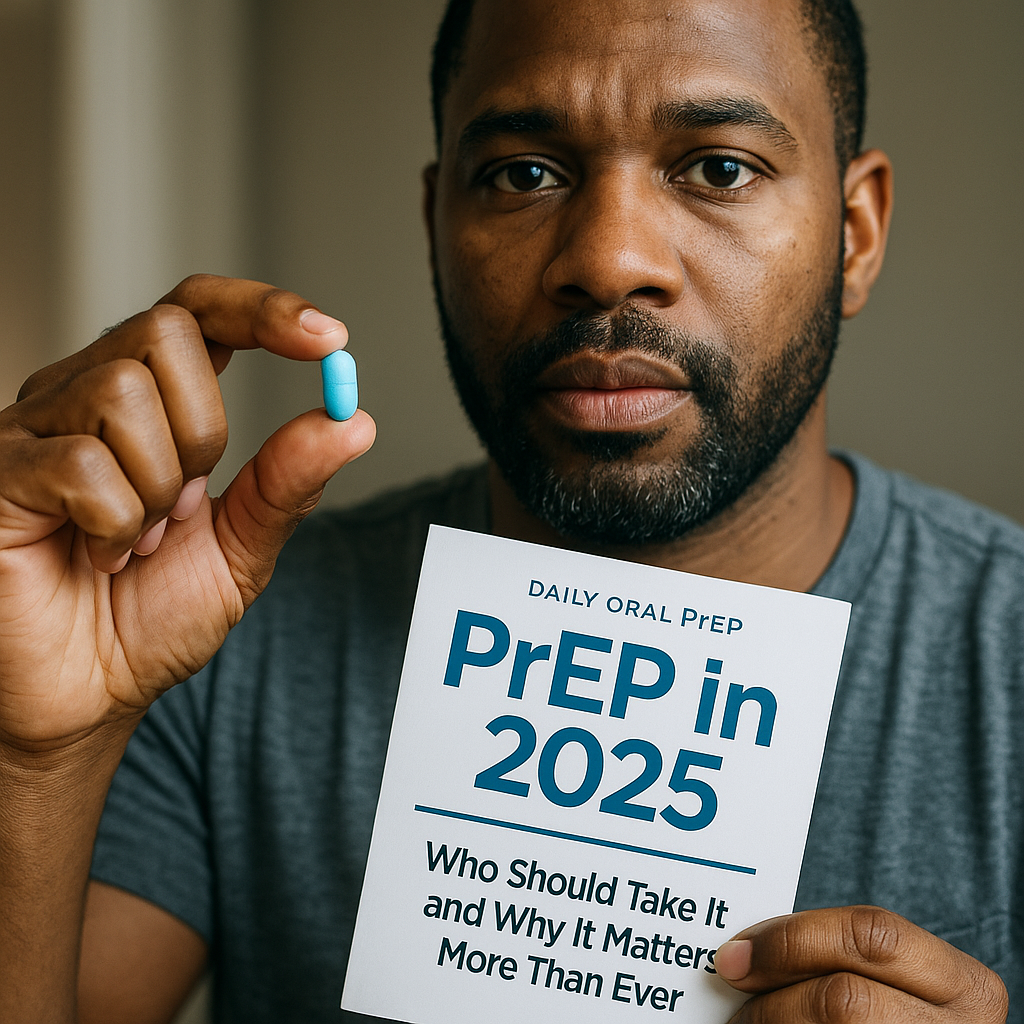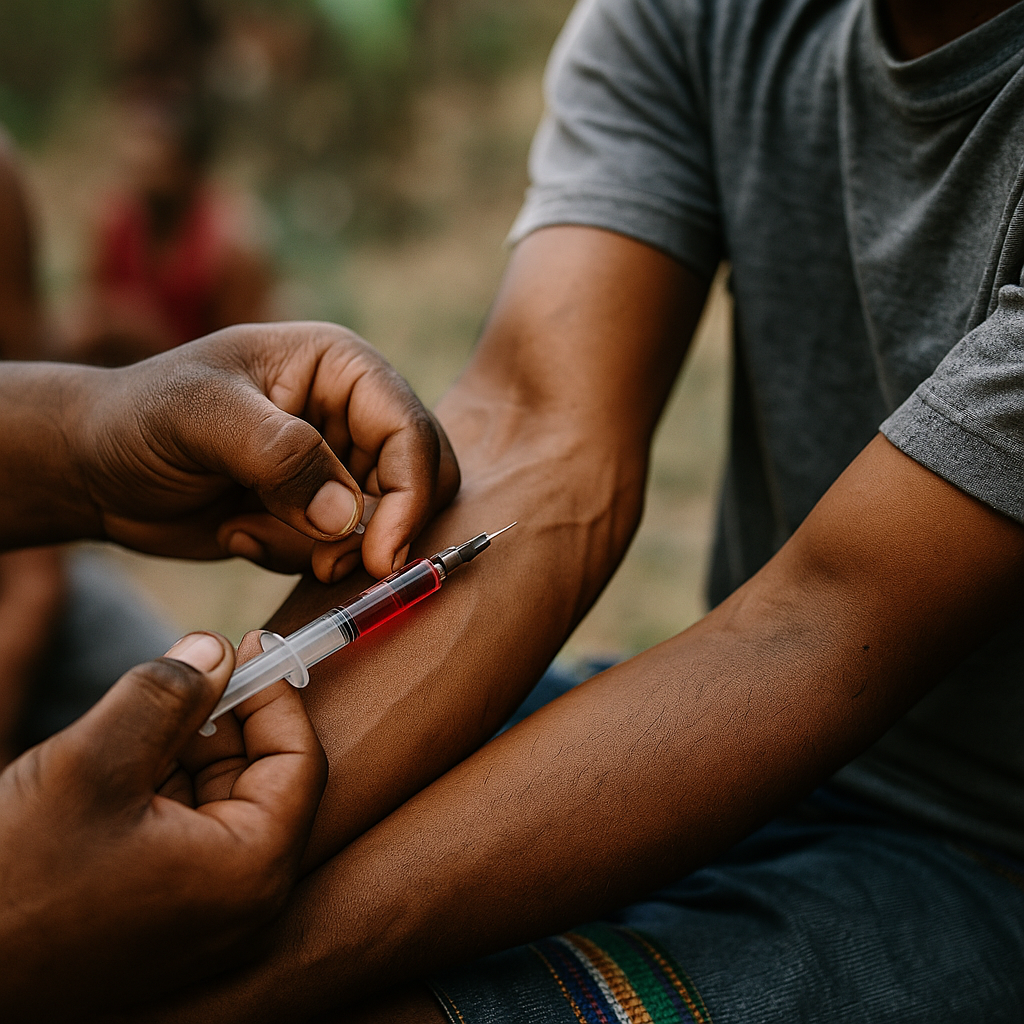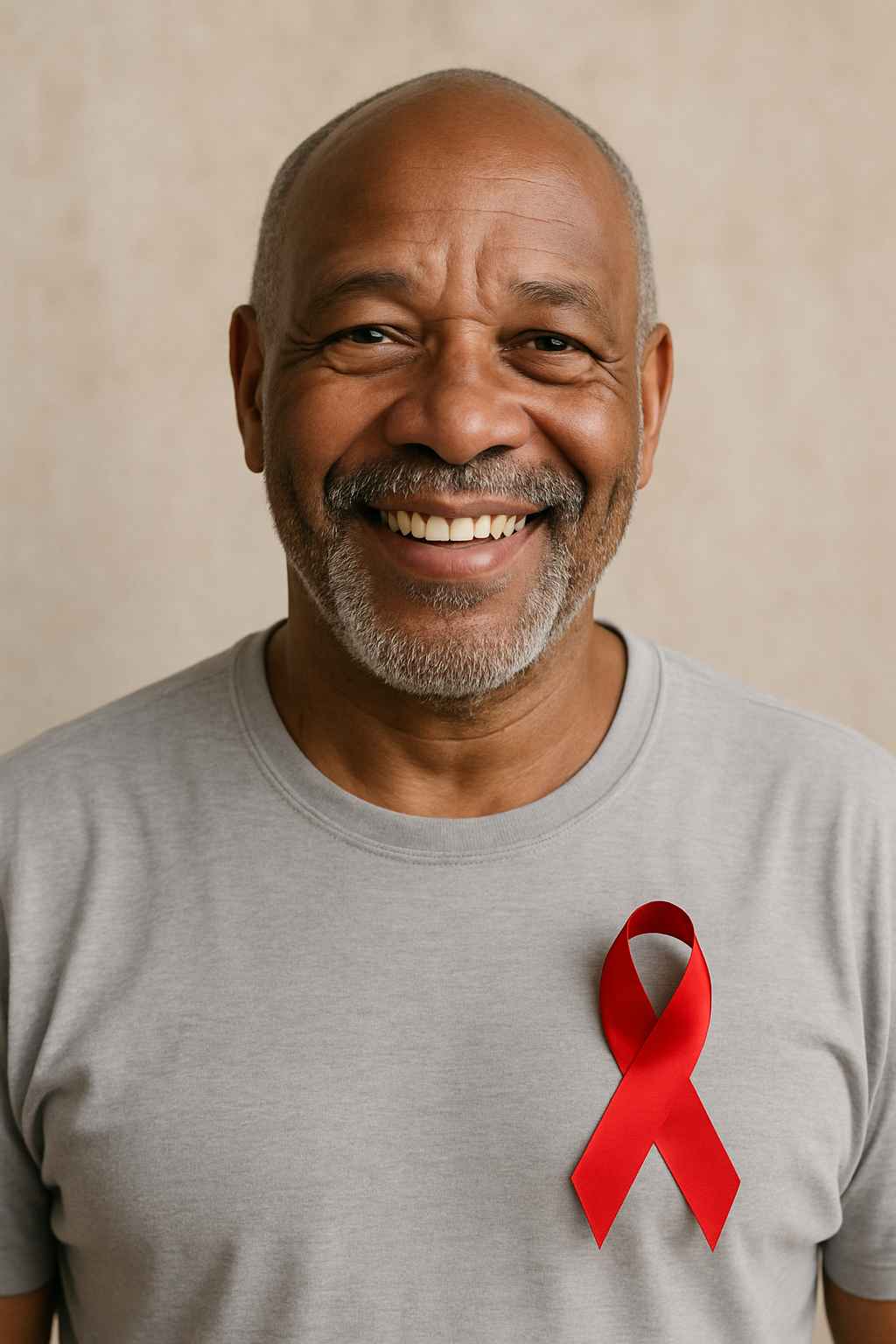Table of Contents
- Introduction
- The Role of PrEP in HIV Prevention
- What Happens When PrEP Coverage Declines?
- Economic and Health Impacts
- Policy Solutions and the Path Forward
- Conclusion
- FAQs
The Role of PrEP in HIV Prevention
Pre-exposure prophylaxis, better known as PrEP, has revolutionized HIV prevention. When taken consistently, this medication reduces the risk of acquiring HIV by up to 99% through sexual contact. PrEP coverage refers to the extent to which people who need this protection can access it—whether through insurance, government programs, or low-cost clinics.
In the United States, expanding PrEP access has contributed to significant declines in new HIV infections, particularly in high-risk populations. However, access remains uneven. Many still face barriers due to cost, stigma, or lack of healthcare infrastructure.
What Happens When PrEP Coverage Declines?
Recent research shows that even modest reductions in PrEP coverage could result in a rise in new HIV cases. A study published in The American Journal of Managed Care projected that a 10% drop in PrEP use could lead to thousands of preventable infections over a decade. Source
The logic is simple: fewer people with access to PrEP means more people at risk of exposure. This ripple effect can reverse years of progress in combating HIV, particularly among Black and Latino communities, who already experience disproportionate infection rates.
Economic and Health Impacts
Beyond the human toll, reduced PrEP coverage brings economic consequences. Treating HIV is far more costly than preventing it. Lifetime treatment costs per person can exceed $400,000, not to mention the strain on public health systems.
This cost burden would be passed on to Medicaid, private insurers, and ultimately taxpayers. What’s more, HIV-related health disparities could worsen, especially in rural areas and underserved urban neighborhoods where healthcare access is already limited.
Policy Solutions and the Path Forward
So what can be done? Experts agree that maintaining—and ideally expanding—PrEP coverage is a public health necessity. Key steps include:
- Ensuring all major insurers cover PrEP without cost-sharing, as mandated under current federal guidelines
- Increasing funding for community-based clinics that serve marginalized populations
- Supporting public awareness campaigns to reduce stigma and encourage PrEP uptake
- Enhancing training for healthcare providers to identify and refer patients who may benefit from PrEP
Legal advocacy groups are also challenging policies that restrict PrEP access. These efforts align with national goals like the Ending the HIV Epidemic initiative, which targets a 90% reduction in new infections by 2030.
Conclusion
PrEP coverage isn’t just a policy metric—it’s a life-saving tool. Reducing access, even slightly, could lead to more HIV cases, greater costs, and deeper health disparities. To continue making strides against HIV, the U.S. must commit to equitable and sustained PrEP access for all who need it.
For those unsure about their HIV risk or whether PrEP is right for them, talking to a healthcare provider is the first step. Visit Healthcare.pro for reliable resources and guidance.
FAQs
What is PrEP and how does it work?
PrEP (pre-exposure prophylaxis) is a daily or long-acting medication that protects individuals from contracting HIV. It works by preventing the virus from establishing infection in the body.
Who should consider using PrEP?
Anyone at high risk of HIV exposure—including people with HIV-positive partners, those who don’t consistently use condoms, or people who inject drugs—should discuss PrEP with their healthcare provider.
Why is PrEP coverage being reduced?
Coverage may decline due to policy changes, reduced funding, or legal challenges to insurance mandates. These shifts can disproportionately affect underserved populations.
How can communities advocate for better PrEP access?
Communities can support local health initiatives, contact policymakers, and collaborate with advocacy organizations focused on HIV prevention and health equity.
Where can I find affordable PrEP options?
Many community health centers and telehealth providers offer low-cost or free PrEP. You can also explore options through Healthcare.pro or local health departments.
This content is not medical advice. For any health issues, always consult a healthcare professional. In an emergency, call 911 or your local emergency services.




